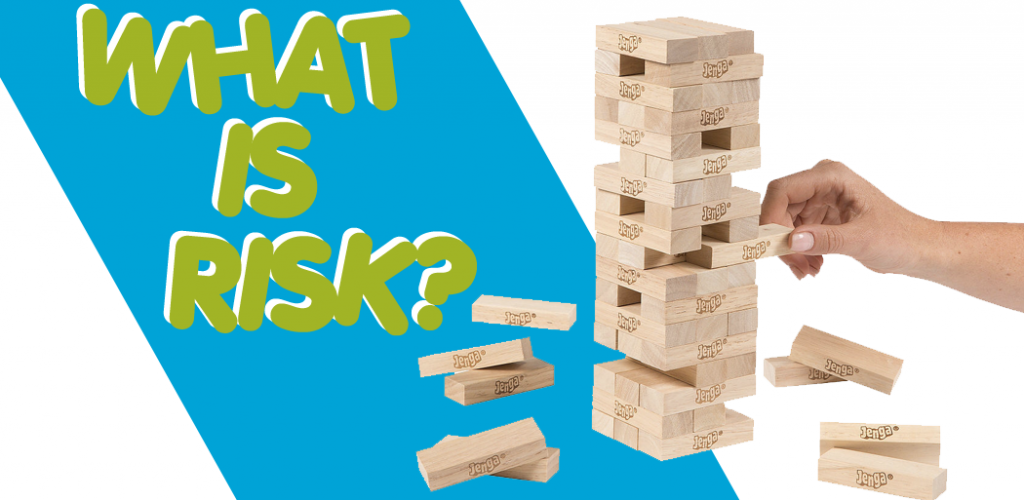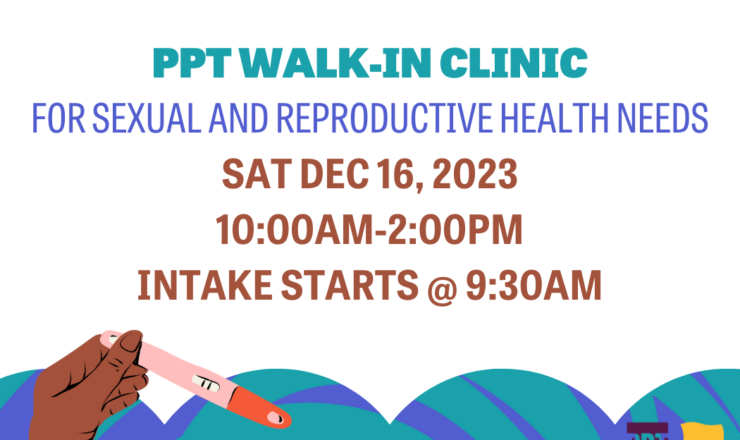

How do we feel about risk? Generally, when people say that something is “risky,” they’re talking about risk like it’s a bad thing. This tends to be because people spend more time worrying about negative outcomes rather than positive ones. But risk is really a neutral idea, not good or bad. Risk is just the chance that something — anything! — could happen. When it comes to sex and sexual health, how do we start to feel more comfortable with how we understand and perceive risk so that it feels more neutral? What are things we can do to reduce the risk of things we don’t want to happen? In this post we’ll talk about STI risks.
Lots of people who have sex don’t want to get Sexually Transmitted Infections. Which is fair! Getting an STI, whether it’s one that’ll go away with antibiotics or one that sticks around long-term, is a big deal for a lot of people. So in general, what is the risk of getting STIs from sex?
In order to contract an STI, at least one of the partners needs to have one in their system. For example, nobody is going to contract chlamydia from a sexual encounter where none of the partners involved actually have chlamydia.
The other thing to consider is what activities people are engaging in. For example, chlamydia is typically transmitted through sexual fluids (from a vagina or a penis*), so people don’t contract chlamydia through kissing, dry-humping, or masturbating together. However, people can get chlamydia through penetrative vaginal, anal, or oral sex. People can swap sexual fluids not just through direct contact but also through sharing sex toys that have their fluids on them.
The following tables were created by Smart Sex Resource and are a great summary of the possible risks of different acts:
When we talk about STI risk, we talk in terms of High Risk and Low Risk. We might use likely/unlikely, or possible/not possible. The above charts use Not Passed, Not Commonly Passed, Can Be Passed, and Easily Passed as categories.
Clinicians can’t calculate if someone is at a 10% or 62% risk for contracting an STI. Based on what activities you engage in, or what types of safer sex methods you practice, it’s possible to assume if there is a high risk or low risk of possibly contracting an STI.
| ****NOTE**** |
|
People can reduce their risk of contracting an STI by practicing safer sex methods. This includes:
More general ways of reducing risk include things like:
Getting tested regularly for STIs is also a helpful safer sex practice to engage in. Not only does it help you know your own STI status, but it can also serve as a conversation starter for talking to your partners about their STI history. If everyone involved has been tested recently and has no known STIs, then you’re really reducing your risk of exposure to anything.
Talking to your partner about how you all feel about and understand STI risk, or how you’d like to handle an STI if it happened won’t necessarily reduce risk, but can make it less stressful if it does happen. Lots of people only talk about that kind of stuff after they’ve tested positive, which can be a pretty stressful time to have emotional or serious conversations. Talking about STIs ahead of time can help lessen anxiety around the situation.
If you have questions about this topic, feel free to contact one of our peer educators. [Link]
Last Updated: April 2020
*We know that these aren’t the words everyone uses for their bodies (eg. trans folks), and support you using the language that feels best for you.

What STDs are not treatable or curable and what are the effects (even through non-sexual; activity, e.g. sharing chap-stick)?

Planned Parenthood Toronto is trialling walk-ins for a few Saturdays this December!

Last month we got in touch with Sherri (Vice President, Director of Family Planning) from Apothecus Pharmaceutical Corp, and they were kind enough to answer some of our questions about VCF! Read on!